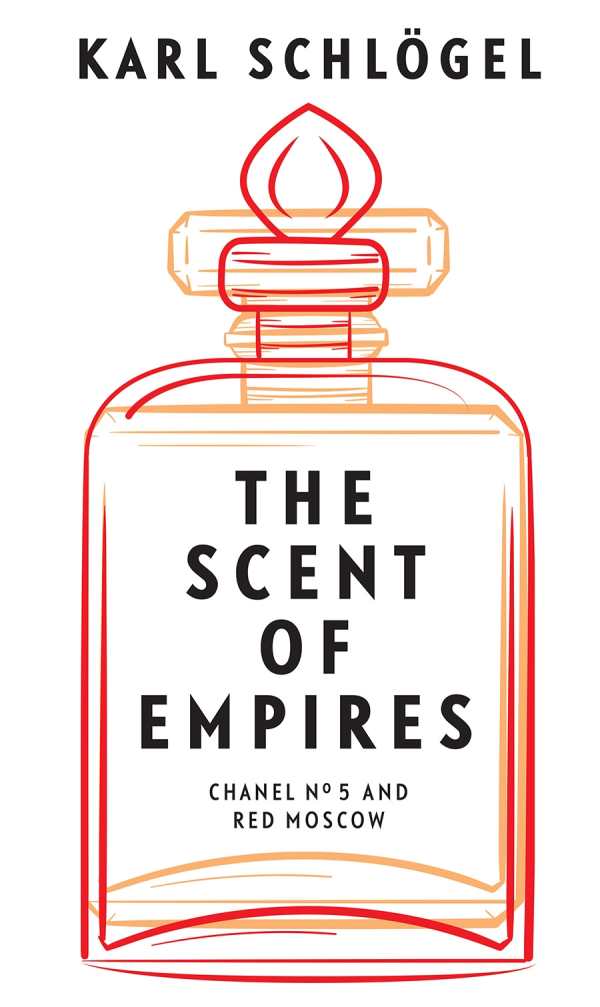The Scent of Empires
Chanel No. 5 and Red Moscow
Karl Schlögel’s cultural history The Scent of Empires tells the story of two perfumes that permeated portions of the twentieth century.
In 1913, French perfumers were commissioned to create a scent to celebrate 300 years of Romanov rule. But within months, the Russian dynasty fell, and the world was at war.
Notes for making the scent survived in altered forms. One debuted in Russia in 1925, rechristened Red Moscow. Another version of the formula made it to Paris, where Coco Chanel asked perfumers to match her new, sleek clothing style. One of ten numbered bottles was chosen and introduced to the world as Chanel No. 5.
The process of imagining and composing scents is detailed; both Chanel and Russian perfumers sought to capture the experiences of a particular time and place via their perfumes. Schlögel is a knowledgeable guide through the eras covered, showing how the bottles for both perfumes were redesigned to resemble spare, square glass bricks, and Chanel’s “little black dress” was likened to a Model T because it came in basic black, embodied sophistication, and could be worn by all. Red Moscow’s notes evoke northern forests, while Chanel No. 5 incorporates the freshness and excitement of champagne. Both scents survived world wars, economic depressions, political upheavals, and cultural earthquakes; both remain on the market today.
Schlögel’s work places each perfume in its cultural context. While Chanel is synonymous with No. 5, Red Moscow has no such lineage; its many creators fled communism, drifted into anonymity, or vanished in successive purges. But their skill and artistry is a focal point here, including that of Polina Zhemchuzhina, who headed the Soviet perfume and cosmetics industry and, despite her achievements, ended up in a labor camp.
The Scent of Empires views the twentieth century through the tantalizing lens of an iconic perfume and its Russian rival.
Reviewed by
Susan Waggoner
Disclosure: This article is not an endorsement, but a review. The publisher of this book provided free copies of the book to have their book reviewed by a professional reviewer. No fee was paid by the publisher for this review. Foreword Reviews only recommends books that we love. Foreword Magazine, Inc. is disclosing this in accordance with the Federal Trade Commission’s 16 CFR, Part 255.

